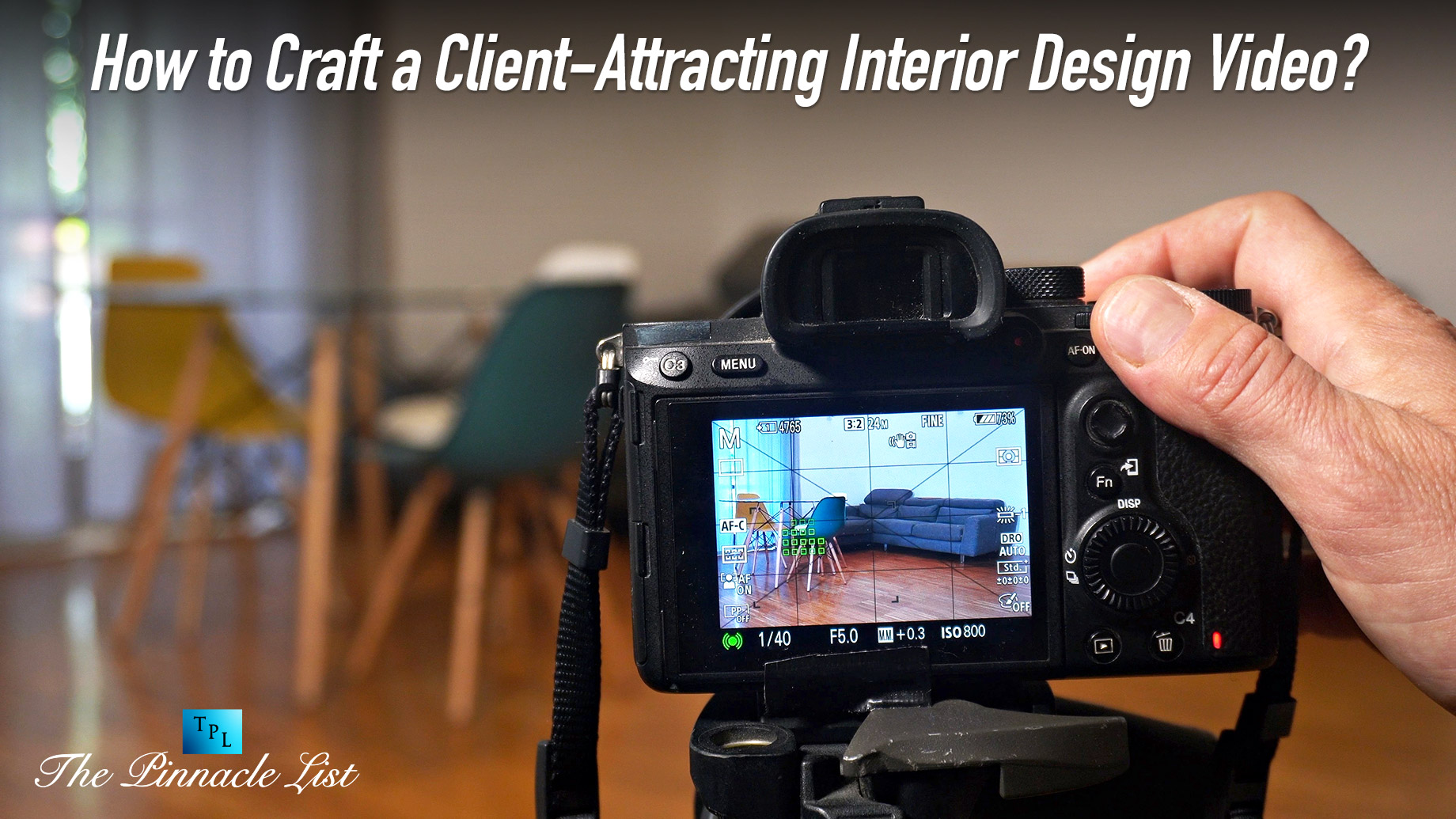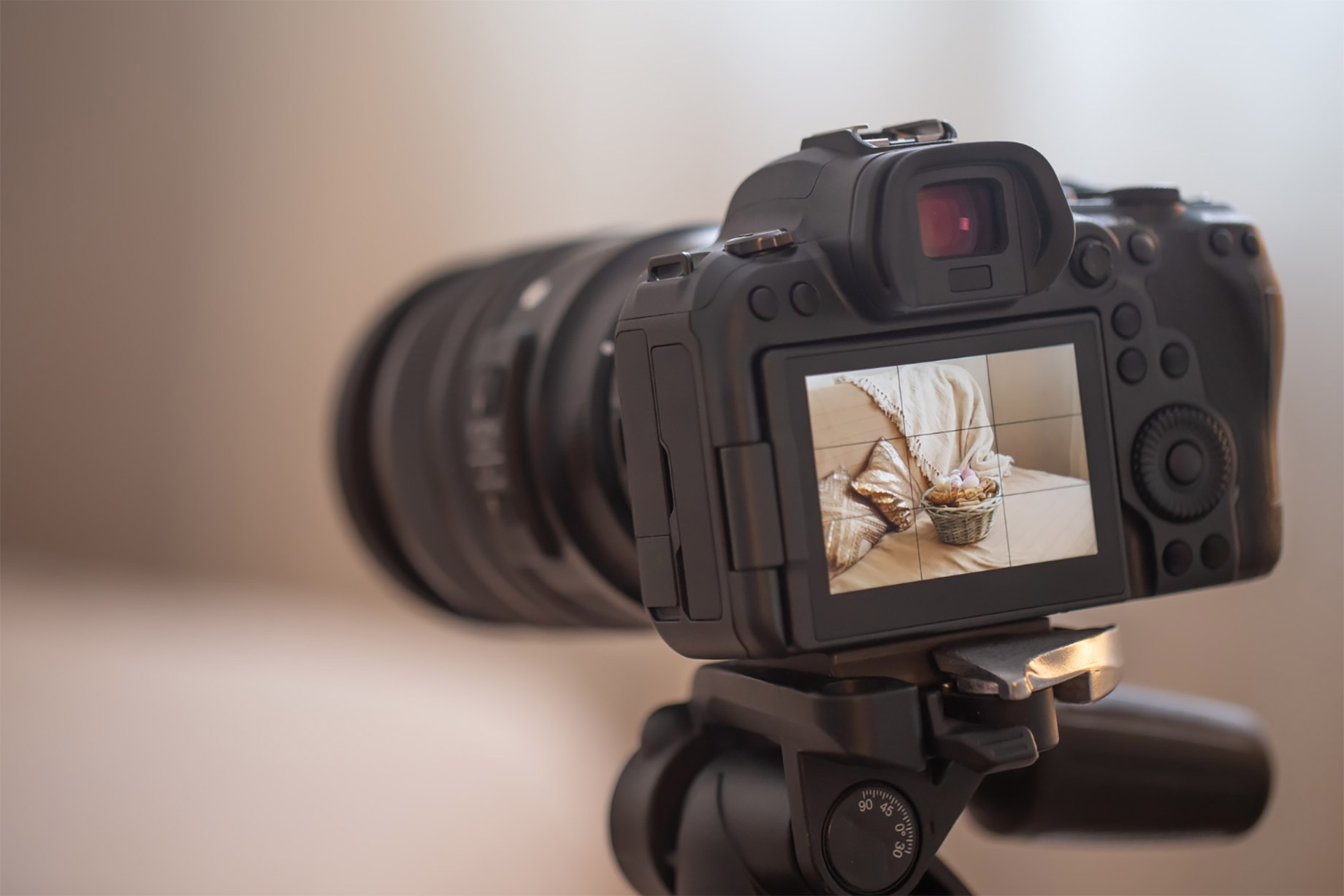
Creating a successful interior design video is a fantastic way to showcase your work and attract new clients. A well-made video can bring your portfolio to life, demonstrating your expertise in creating inviting and unique spaces. Whether you’re looking to share it on social media or present it during client meetings, a professional video can make a huge impact. And the good news? You don’t need advanced editing skills to make it happen! With an automatic video editor, crafting a sleek, visually engaging video is easier than ever. Here’s how to get started and what to keep in mind.
Why Create an Interior Design Video?
Your work speaks for itself, but potential clients love visuals that help them imagine the results. A video offers a dynamic way to show off your best projects and lets people visualize what you can achieve for them. Instead of simply explaining your process, a video brings each room to life and highlights your style and creative approach. Plus, if you’re aiming to post it on social media, you have a better chance of catching attention with moving visuals and crisp editing. Clients nowadays are looking for proof and inspiration, and video provides both.
Tips for Crafting a Great Interior Design Video
1. Select Your Best Projects
First things first choose a handful of projects that really represent your design aesthetic and strengths. Focus on a mix of styles to appeal to a broader audience, but make sure each project reflects what you’re known for. Ideally, pick designs that are varied in scale and style. For instance, if you excel in minimalistic designs but have a few cozy, vibrant projects, include a bit of both to showcase versatility.
2. Tell a Story
People are drawn to stories, so give them something memorable. Don’t just flash before-and-after shots; add a narrative. Describe the space’s transformation, the challenges you faced, or the inspiration behind the final look. Think of it as guiding viewers through the journey from concept to completion. You could even overlay short text snippets that explain the design choices. A good story makes your video not just watchable but relatable.
3. Show the Design Details
Your projects probably have those little details that make each space unique — show them off! It could be a beautiful light fixture, custom furniture, or a cleverly placed piece of art. Close-up shots of these elements add depth and dimension, making the video more engaging. These details reveal your creative thought process and attention to quality, so make sure you capture them.
4. Keep It Short and Sweet
Aim for a video length that’s short enough to keep viewers engaged but long enough to showcase your work. Generally, a two-minute video is ideal. If you’re sharing it on Instagram or TikTok, try keeping it under a minute. For more formal presentations, you could stretch it a bit longer, but keep it engaging by focusing on the highlights.
5. Use Text and Voiceover (If Needed)
Adding text or a voiceover can enhance the experience. Highlight key information with brief text captions or use a friendly voiceover to guide viewers through each part. For instance, mention the budget-friendly choices you made, the materials used, or your thought process for challenging layouts. Keep it light, easy to follow, and remember — less is more.
6. Choose the Right Music
Music can set the mood and make your video more appealing. Pick a soundtrack that matches your style and doesn’t distract from the visuals. Think upbeat for vibrant spaces or calm for minimalist designs. Remember to keep it subtle; the music should complement the video, not overwhelm it.

Video Editing Tools to Make it Simple
Now, let’s look at some beginner-friendly video editors that make the whole process smooth and easy. These tools can help you put together a professional-looking video, even if you’re new to editing.
1. Clipify
Clipify is a great option, especially for designers who don’t have tons of editing experience. With its automatic features, you can put together a polished video without diving deep into complicated settings. The software has built-in templates and themes, so you can quickly arrange your clips, add music, and enhance visuals with just a few clicks. Clipify even allows you to add text overlays and captions, perfect for providing context in your video. It’s user-friendly and lets you preview everything before finalizing, ensuring you get the exact look you want.
2. Animaker
If you’re interested in creating animations and adding some unique visuals, Animaker is an excellent choice. This tool is especially useful if you want to incorporate animated graphics or characters to tell your design story. With a drag-and-drop interface, you can mix live footage with animations, add text, and play with backgrounds and effects. Animaker is web-based, so there’s no need to download anything, and it’s relatively easy to learn, even for beginners. You need a strong internet connection, though. Free users may find watermarks on their videos, limiting its appeal to professional-looking projects without a paid plan.
3. Wondershare
For designers who want a bit more control but still prefer simplicity, Wondershare is a fantastic middle ground. It’s packed with features like motion tracking, advanced text effects, and audio editing, but the interface is straightforward. You can arrange your clips, trim parts, add transitions, and include music all in one place. Filmora also offers a variety of preset templates, so if you’re looking to add a bit of flair without too much customization, it’s all ready to go. Unfortunately, for those who want access to advanced effects and elements, the subscription fees can add up, making it less appealing for designers looking to keep editing costs down.
Final Touches to Make Your Video Shine
After you’ve assembled the clips and added effects, take a moment to make some final tweaks. Watch your video from start to finish, making sure it flows smoothly and the message is clear. Adjust the lighting or colors if necessary to make each scene pop. Don’t forget to test the video with sound, as the audio can drastically affect the overall impact. A bit of fine-tuning can take your video from good to great.
Where to Share Your Video
Once your masterpiece is ready, think about the best platforms to reach your target audience. Social media channels like Instagram, Pinterest, and LinkedIn are excellent for reaching potential clients. If you’re showcasing your work on a business website, adding a video can boost engagement. Additionally, consider sending the video directly to prospective clients during negotiations it adds a professional touch and helps potential clients visualize working with you.
In Summary
Creating an interior design video is a powerful tool for drawing in new clients and showcasing your unique style. With thoughtful project selection, storytelling, and a few artistic touches, your video can set you apart from other designers. Tools like Clipify, Animaker, and Wondershare make the editing process approachable, even for beginners, helping you create a visually compelling showcase of your work. So grab your best footage, pick a tool that suits you, and let your designs speak!